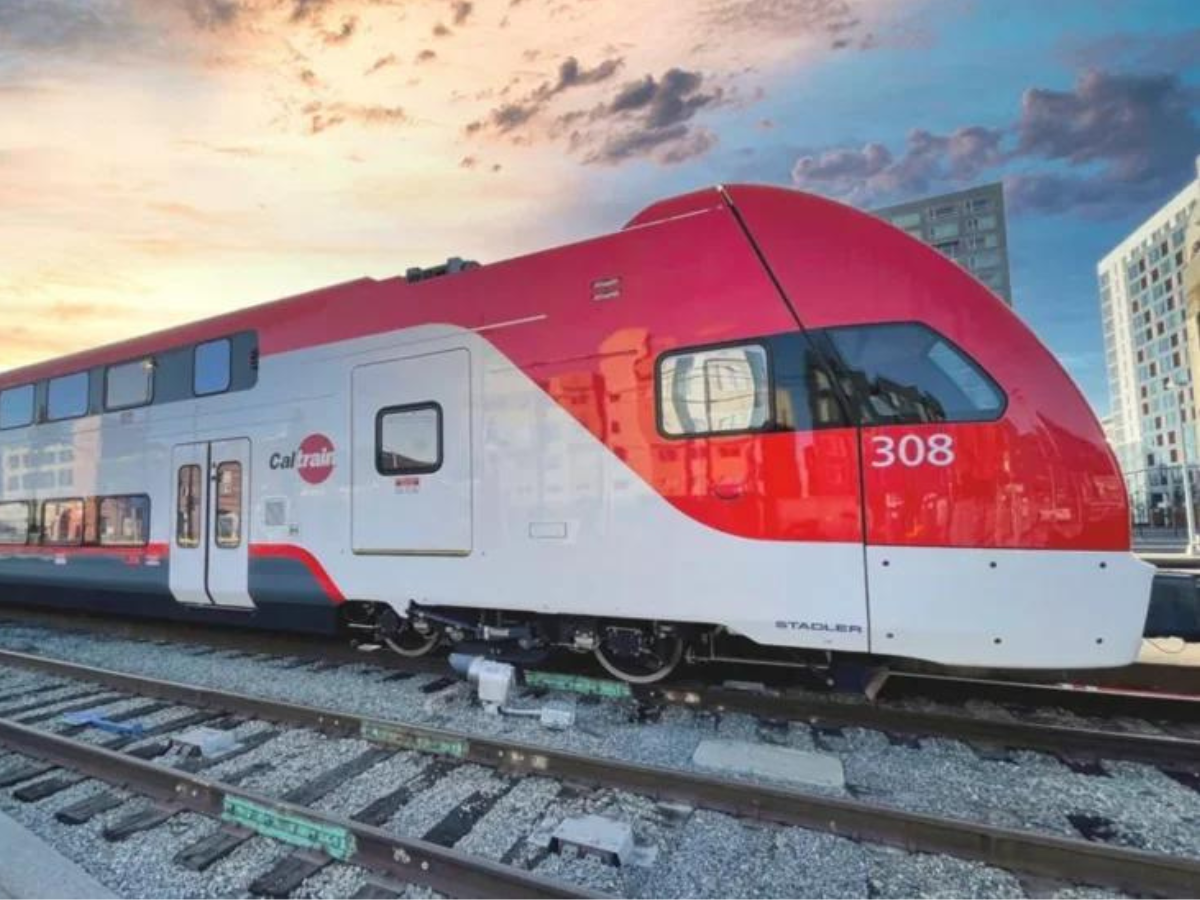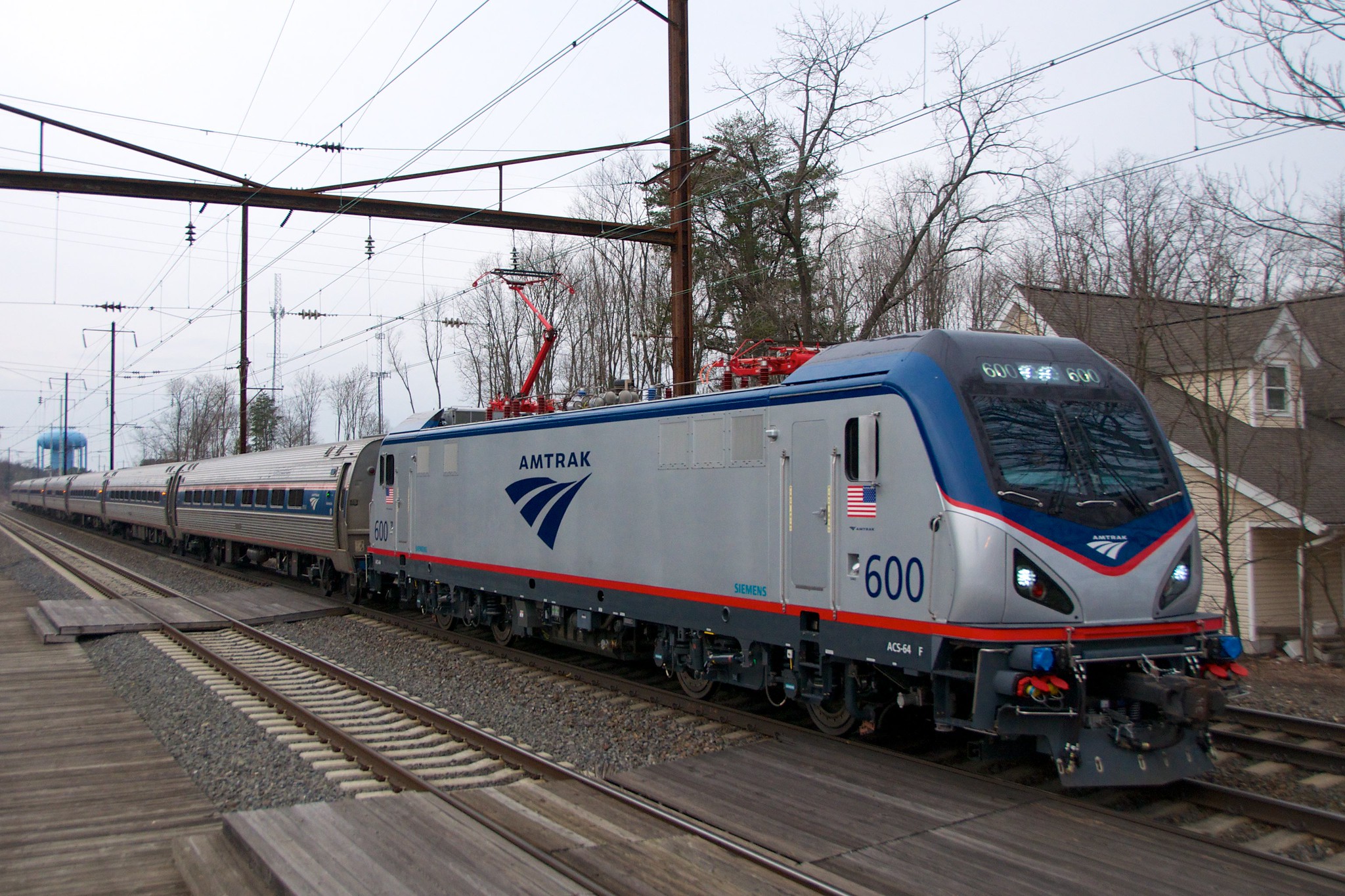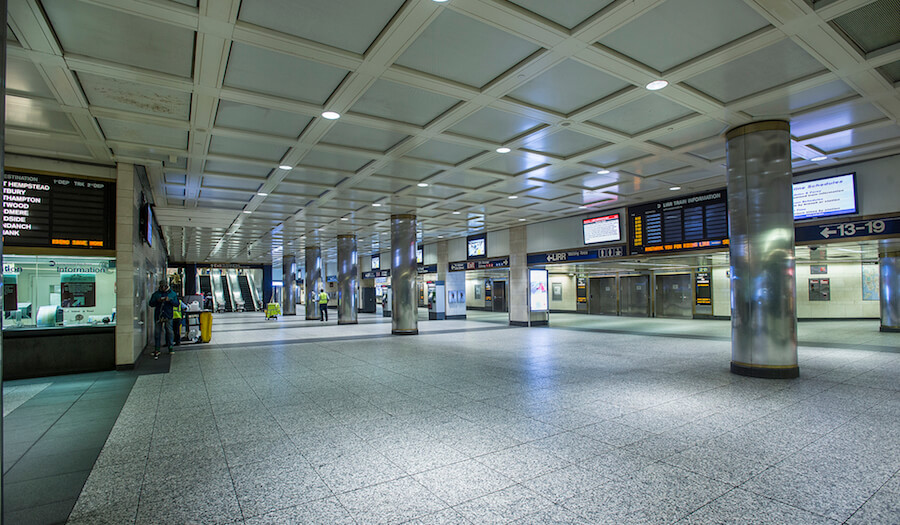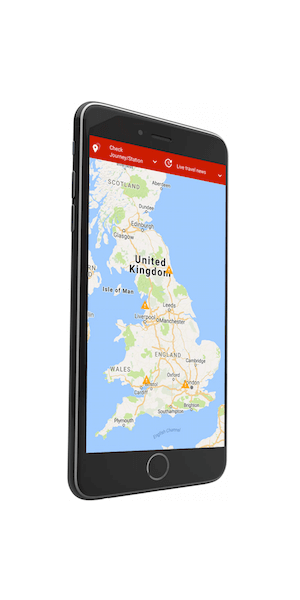Nomad Digital: What Are the Biggest Benefits of Real-Time Passenger Information in 2022?
As we’re entering the digital-first era with an emphasis on connectivity, we need to be more forward-thinking about the ways we’re facilitating a fully connected public transport experience. Commuters are looking for a comfortable and seamless travel experience without disruptions.
What can significantly enhance their experience and ensure they’re choosing the same mode of transport again and again is real-time passenger information (RTPI). It provides commuters with live information on timetables, connections, and disruptions.
In fact, the global passenger information systems market is expected to be valued at £49.71 billion by 2030, which is an increase of 13.3% between 2020 to 2030.
Real-time passenger information has a host of perks for both passengers and transportation service providers. Here are the top three benefits offered by RTPI that are driving the market forward.
A Connected Experience
Long gone are the days of passengers waiting at a bus stop in the hope that their transport shows up or having to ask staff at the information desk about train delays. This creates friction in the passenger experience and can significantly reduce satisfaction rates, which can be damaging to the reputation of the transport provider.
With RTPI, passengers can enjoy a seamless, connected experience. Service updates, accurate bus location, time schedules, route, and destination data are just some of the real-time information updates riders can benefit from.
For drivers, RTPI can help them carry out an informed and on-time journey. Automated Vehicle Management (AVM) systems can not only automate some of the driver’s routine tasks, but they can also precisely calculate network delays, driver layout times, and delays in connecting services. It then informs the next vehicle from the service to either wait or depart, so that disruptions to the service can be avoided. This information is fed not only into the entire system of the transport provider but also into passenger information displays and mobile apps, thus creating a seamless and connected experience.
Infotainment
On-board screens can be used to display commercial content alongside useful travel information. This is referred to as infotainment, which is a critical communication link between a transit agency and its passengers.
The user interface screen, which is usually touch-sensitive, can be integrated into various ecosystems thanks to the latest network connection options available, including wi-fi and 5G. It can then display commercial content via scheduled programming technology that not only informs passengers about the company’s policies, safety measures, and schedule updates, but also promotes its services, offers, and values. That way, employees can prioritise tasks better and be more efficient.
Not only that but infotainment can also be used as a monetisation tool by enabling advertising content. With more and more onboarding passengers, the opportunities for monetisation are growing. In 2021, for example, 70,813.26 million passenger-kilometres were reached by rail in the UK, and the figure is projected to reach 82,814.66 million passenger-kilometres by 2025.
The displayed commercial content can be controlled easily and scheduled on particular stops, locations, dates, and times to target consumers at the right time.
Managing Route Diversion
RTPI systems can also optimise route diversions, reduce service calls, and allow service controllers to focus on managing disruptions directly, thus minimising their impact and severity. Through GPS integration, a map display can provide the driver with an accurate route showing them where to drive.
This is especially useful during diversions as the driver can follow the diverted route. It can also aid the planning of future diversions and disruptions. This information is then fed across the various passenger communication channels, such as displays and mobile apps, thus creating a seamless passenger experience.
Now is the right time to invest in technologies and systems that will elevate the passenger journey, optimise operations, and result in reduced costs. Real-time passenger information provides a seamless and intelligent passenger experience, routine tasks optimisation, and driver efficiency. The RTPI connected experience is the direction that global mobility should be heading towards with full force.
Sources
- https://www.transparencymarketresearch.com/passenger-information-system-market.html
- https://www.motorbiscuit.com/what-is-an-infotainment-system/?msclkid=3f1be046a92811eca3ac4312b6723fb3
- https://www.prnewswire.co.uk/news-releases/passenger-information-system-market-to-rise-at-cagr-of-13-3-during-forecast-period-observes-tmr-study-805501492.html
- https://www.statista.com/forecasts/1151946/railway-passenger-km-forecast-in-the-united-kingdom

